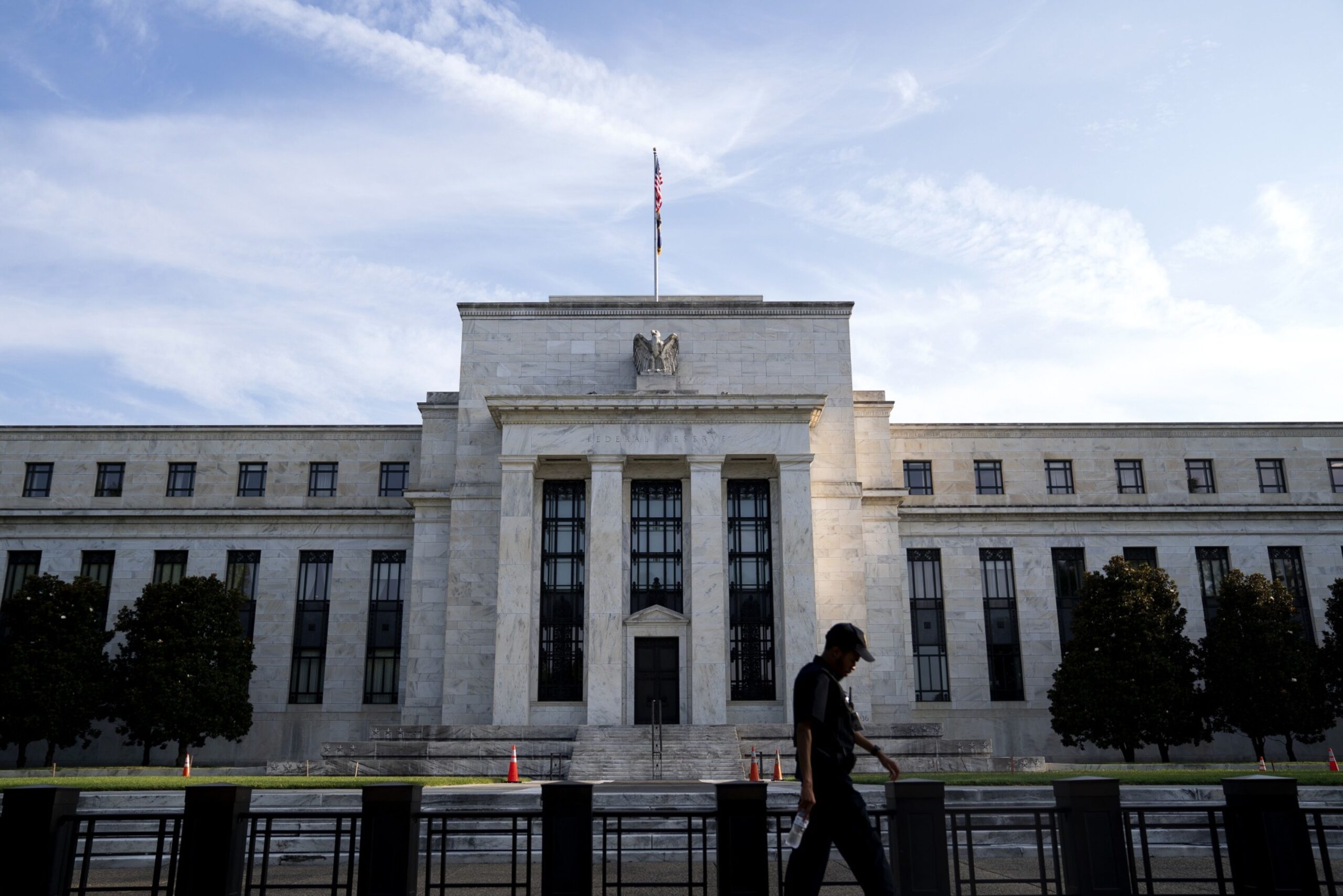The Federal Reserve, often referred to as the Fed, plays a crucial role in shaping the economic landscape of the United States. Established in 1913, the Fed’s primary mandate is to ensure maximum employment, stable prices, and moderate long-term interest rates. This tripartite goal aims to create a stable economic environment conducive to growth and prosperity.
In today’s economy, the Federal Reserve’s functions are more critical than ever. It manages the country’s monetary policy by adjusting interest rates and using tools such as open market operations, where it buys or sells government securities to influence liquidity and borrowing costs. These actions directly impact inflation, investment, spending, and ultimately, economic growth.
Moreover, the Fed oversees and regulates banks to maintain the stability of the financial system and protect the credit rights of consumers. During economic downturns or crises, the Fed acts as a lender of last resort, providing essential liquidity to financial institutions to prevent systemic collapses.
By balancing these responsibilities, the Federal Reserve plays a vital role in smoothing out economic cycles, supporting sustained economic activity, and adjusting to challenges such as inflationary pressures or economic downturns, ensuring that today’s complex economy functions smoothly.
Impact of Federal Reserve Policies on Inflation and Unemployment
The Federal Reserve’s monetary policies, notably interest rate adjustments and quantitative easing, play pivotal roles in regulating inflation and unemployment, two critical economic indicators. Interest rate policies involve lowering rates to stimulate economic growth during recessions, or raising them to cool down an overheating economy and curb inflation.
Quantitative easing, on the other hand, expands the Fed’s balance sheet and increases the money supply by purchasing long-term securities, aiming to lower long-term interest rates and encourage borrowing and investment.
The effectiveness of these policies has been particularly evident in various economic phases. For instance, during the Great Recession of 2008, the Federal Reserve slashed interest rates to near-zero levels and embarked on an unprecedented quantitative easing program.
These actions were aimed at boosting consumer spending and investment by making borrowing cheaper, thereby mitigating the recession’s impact and aiding in economic recovery.
However, these policies also come with trade-offs. Prolonged low interest rates can lead to asset bubbles, while excessive quantitative easing may build up long-term inflationary pressures.
The Fed’s challenge lies in balancing these tools to achieve low unemployment and stable prices, a task that has become increasingly complex in the fluctuating economic landscape post-2020. Analyzing the outcomes of these interventions helps gauge their impact on economic stability and growth.
Federal Reserve’s Role in Financial Regulation and System Stability
The Federal Reserve plays a pivotal role in ensuring the stability of the financial system through its comprehensive regulatory functions.
As a central bank, the Fed not only sets monetary policy but also acts as a regulatory authority over banks and other financial institutions. This dual role is crucial for maintaining economic stability and preventing financial crises.
One of the key responsibilities of the Federal Reserve is to oversee banking practices and enforce regulations that ensure these institutions operate safely and soundly.
By conducting regular inspections and stress tests, the Fed assesses the resilience of banks to withstand economic shocks. This oversight was significantly intensified after the 2008 financial crisis, which highlighted the need for stronger regulatory measures and better risk management practices within financial institutions.
Post-2008, the Federal Reserve implemented stricter regulations under frameworks like the Dodd-Frank Act. These regulations were designed to increase transparency, enhance the quality of the banks’ capital, and reduce the risks of high-risk investments.
The Fed’s proactive approach in monitoring and adjusting these regulations helps to curb excesses in the financial system, prevent the formation of risky bubbles, and protect the economy from potential downturns.
Through these regulatory efforts, the Federal Reserve ensures that the financial system remains robust and capable of supporting sustained economic growth, thereby safeguarding the broader economy from potential instabilities.
Conclusion
In conclusion, the role of the Federal Reserve in today’s economy is indispensable and multifaceted. As the central bank of the United States, the Fed is charged with managing the nation’s monetary policies, regulating financial institutions, and ensuring economic stability.
Its ability to adjust interest rates and control money supply effectively guides the economic trajectory, influencing everything from inflation rates to employment levels.
The Federal Reserve’s actions extend beyond mere economic management; they are integral to sustaining consumer confidence and financial market stability.
Through careful oversight and regulation of banks, the Fed ensures that the financial backbone of the country is resilient against shocks, thereby protecting the economy from potential crises similar to the 2008 financial downturn. The implementation of stringent regulations post-2008 has fortified the financial landscape, making it more robust against the vulnerabilities previously exposed.
Moreover, the Fed’s role as a lender of last resort during times of financial distress underscores its critical position within the economic framework. By stepping in to provide liquidity, the Fed not only salvages institutions at risk but also mitigates wider economic fallout.
Ultimately, the Federal Reserve’s comprehensive approach to monitoring, regulating, and adjusting economic and financial policies ensures that the U.S. economy operates smoothly, fostering a stable environment conducive to growth and prosperity.
Did you like the content? Activate notifications so you don’t miss any news on our blog. See you next time!https://us.seucartao.online/wp-admin/






